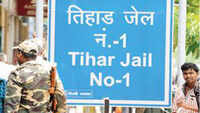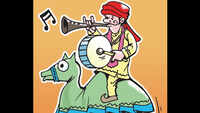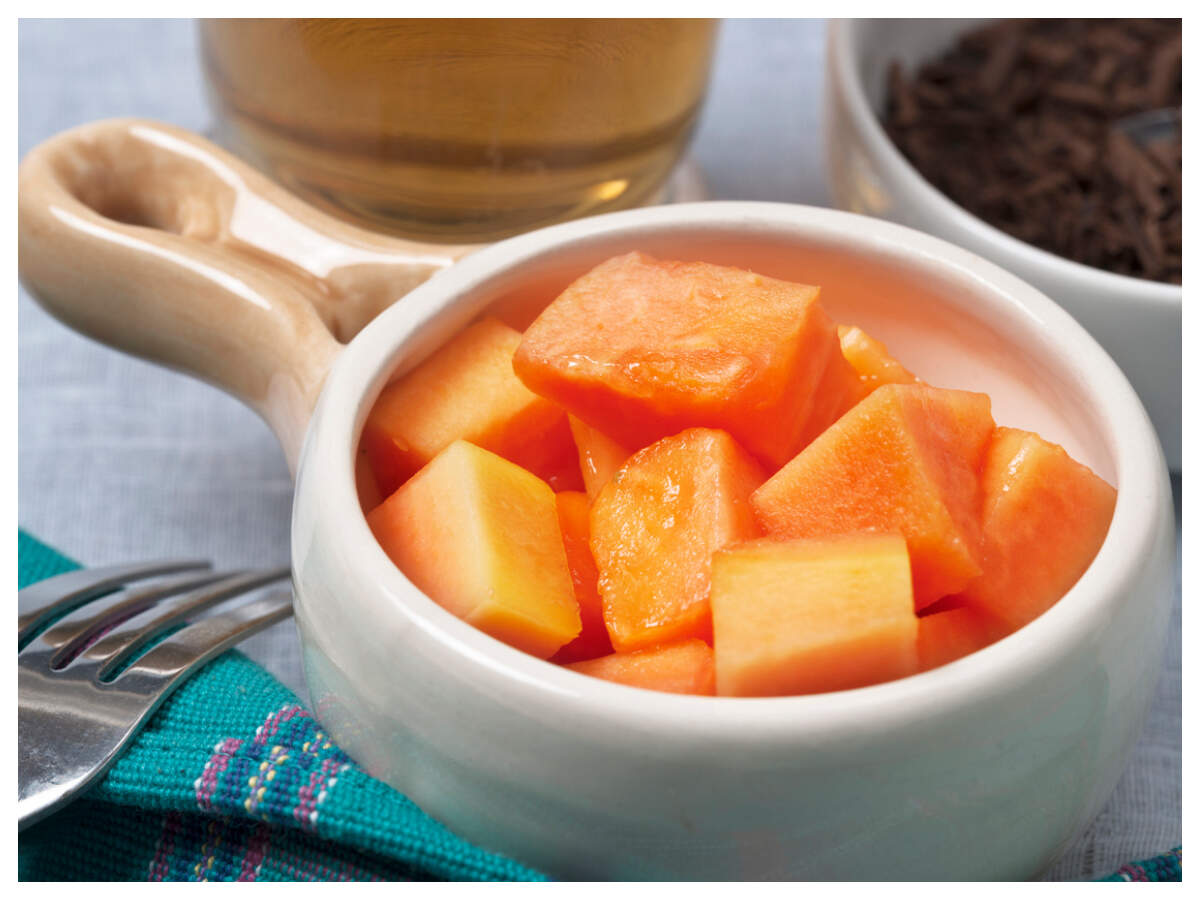
GURUGRAM: With a view to carry out plantation in the Aravalis during the coming monsoon, the forest department of Mahendergarh is planning to disperse seed balls aerially in regions that are difficult to reach. As a pilot project, a drone will be used to disperse handmade seed balls in certain areas of the Aravalis where the terrain lacks soil depth and water retention.
A five-hectare plot in Golwa village in Mahendergarh has been identified for the project. Native species such as khairi, ronjh, beri and inderjo will be used in the seed balls, which the department said is an eco-friendly technique of plantation.
The project, estimated to cost Rs 1.92 lakh, will help ensure plantation across a large area, officials said. Haryana has less than 4% of forest cover.
According to the forest department, the soil depth in the area selected for the pilot project is low, around an average of five to six inches. Given the low rainfall in Mahendergarh - 40cm of rainfall annually on an average in the last decade - it is a difficult plantation site and is thus suited to use of technology for plantation, Mahendergarh divisional forest officer Vipin Kumar said.
"Seed balls are covered with a mixture of clay, compost and other components. They eliminate the effort of ploughing and digging holes in the soil for seeds, providing much of the advantages of ploughing with less use of machinery. It is an eco-friendly technique for plantation with minimal disturbance to the ecology. Seed balls have also been used for reforestation," Kumar told TOI .
The officer further said the monsoon season will start on June 30, and the plan is to disperse seed balls between July and August.
A "fire and forget" model of plantation, seed balls are dispersed on the ground either manually or through aerial techniques and then left to sprout when there is enough rain. There is no need to plant them as they are already surrounded by soil and nutrients. The clay shell, along with other additives such as burnt coal, protects them from birds, ants and rats, leading to enhanced survival rates.
"Seeds having long-living embryos are ideal for seed ball preparations. Native species such as khairi, ronjh, beri and inderjo have higher chances of survival in the region and will be used in the seed balls," Kumar said.
A five-hectare plot in Golwa village in Mahendergarh has been identified for the project. Native species such as khairi, ronjh, beri and inderjo will be used in the seed balls, which the department said is an eco-friendly technique of plantation.
The project, estimated to cost Rs 1.92 lakh, will help ensure plantation across a large area, officials said. Haryana has less than 4% of forest cover.
According to the forest department, the soil depth in the area selected for the pilot project is low, around an average of five to six inches. Given the low rainfall in Mahendergarh - 40cm of rainfall annually on an average in the last decade - it is a difficult plantation site and is thus suited to use of technology for plantation, Mahendergarh divisional forest officer Vipin Kumar said.
"Seed balls are covered with a mixture of clay, compost and other components. They eliminate the effort of ploughing and digging holes in the soil for seeds, providing much of the advantages of ploughing with less use of machinery. It is an eco-friendly technique for plantation with minimal disturbance to the ecology. Seed balls have also been used for reforestation," Kumar told TOI .
The officer further said the monsoon season will start on June 30, and the plan is to disperse seed balls between July and August.
A "fire and forget" model of plantation, seed balls are dispersed on the ground either manually or through aerial techniques and then left to sprout when there is enough rain. There is no need to plant them as they are already surrounded by soil and nutrients. The clay shell, along with other additives such as burnt coal, protects them from birds, ants and rats, leading to enhanced survival rates.
"Seeds having long-living embryos are ideal for seed ball preparations. Native species such as khairi, ronjh, beri and inderjo have higher chances of survival in the region and will be used in the seed balls," Kumar said.
Quick Links
Kerala Coronavirus Helpline NumberHaryana Coronavirus Helpline NumberUP Coronavirus Helpline NumberBareilly NewsBhopal NewsCoronavirus in DelhiCoronavirus in HyderabadCoronavirus in IndiaCoronavirus symptomsCoronavirusRajasthan Coronavirus Helpline NumberAditya ThackerayShiv SenaFire in MumbaiAP Coronavirus Helpline NumberArvind KejriwalJammu Kashmir Coronavirus Helpline NumberSrinagar encounter
Get the app








